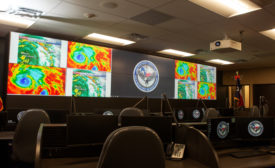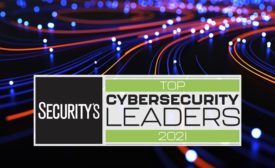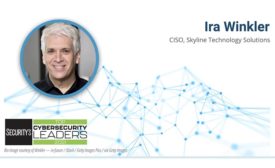Security Leadership and Management
Leadership and Your Security Career
Secure your mask before others: Preventing security burnout
March 3, 2021
Special Report
The 2021 Top Cybersecurity Leaders
Nominated by their colleagues and associates, these top cybersecurity executives are changing the cybersecurity landscape for the better.
March 1, 2021
Cyber Tactics
Highly skilled & well-funded: The new booming threat in cybercrime
March 1, 2021
Special Report
2021 Top Cybersecurity Leaders - Ira Winkler
CISO, Skyline Technology Solutions
March 1, 2021
Sign-up to receive top management & result-driven techniques in the industry.
Join over 20,000+ industry leaders who receive our premium content.
SIGN UP TODAY!Copyright ©2024. All Rights Reserved BNP Media.
Design, CMS, Hosting & Web Development :: ePublishing














